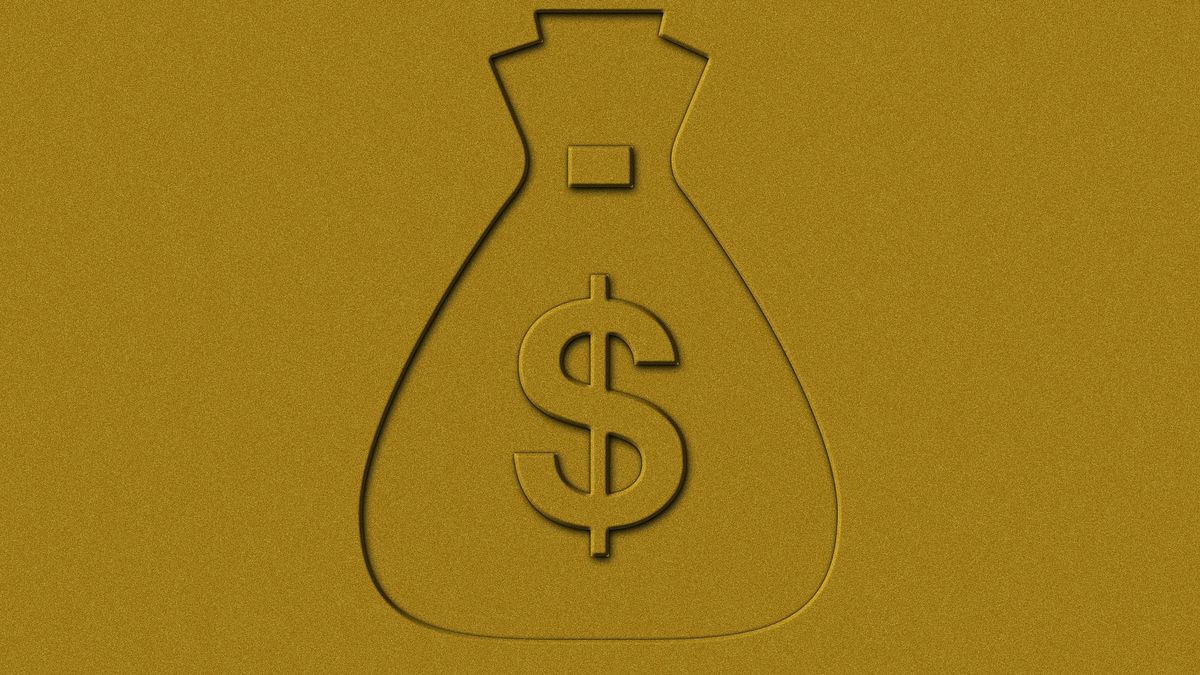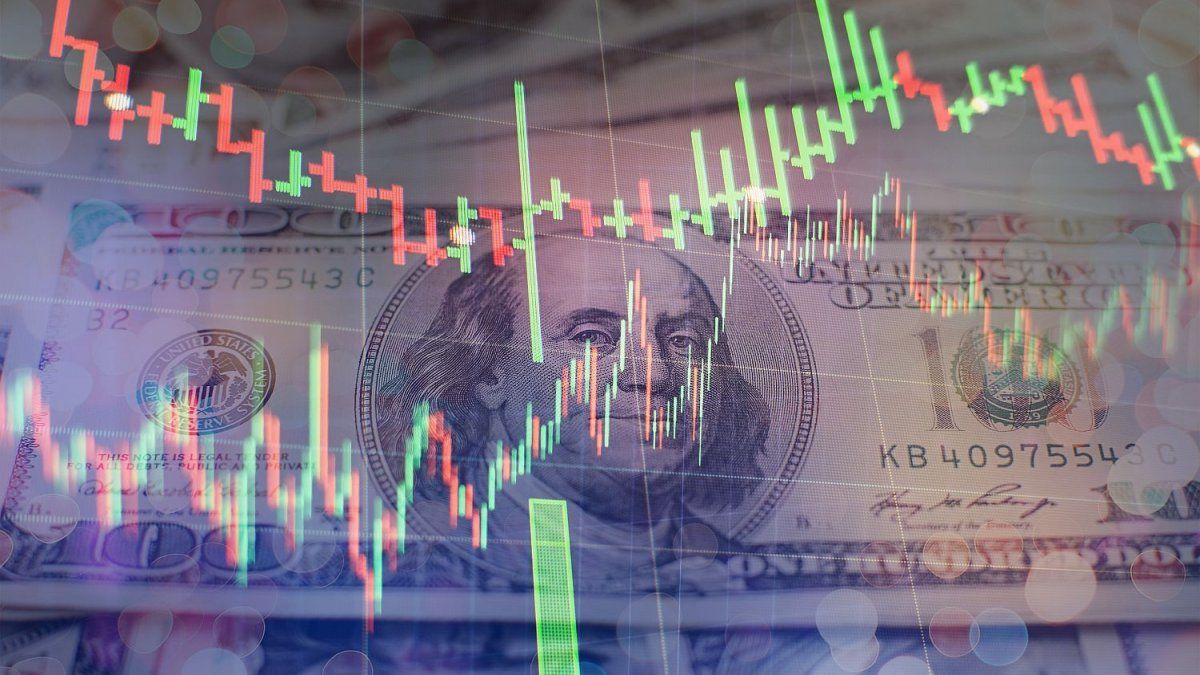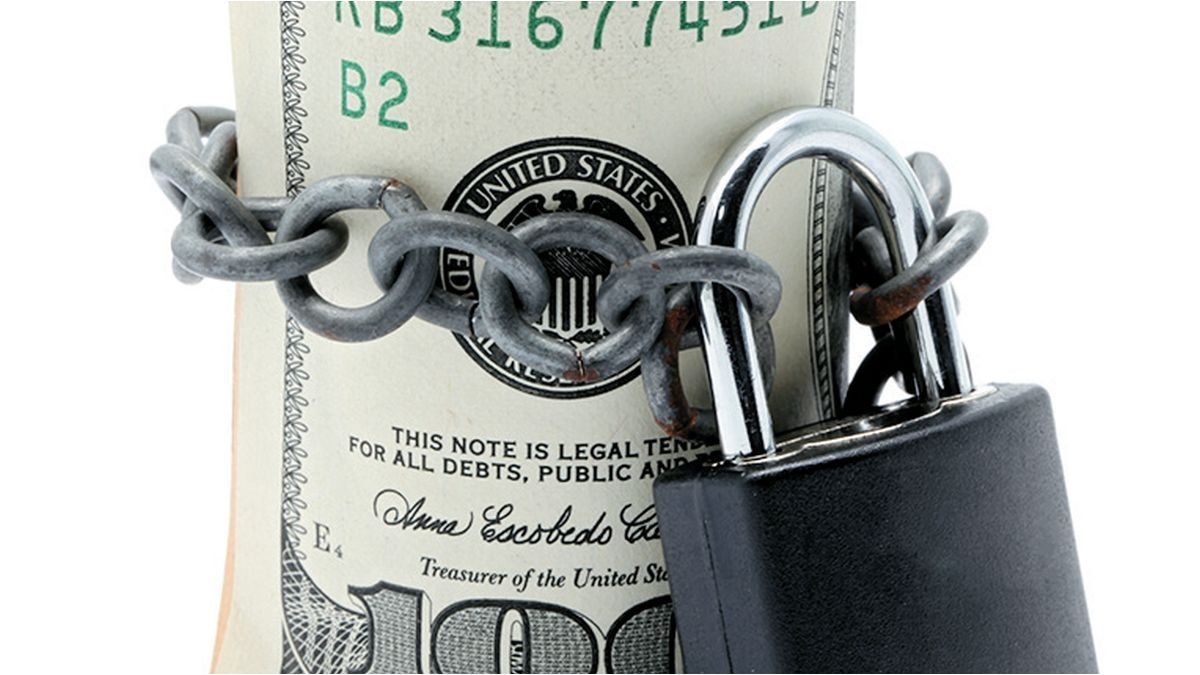Let’s change was a kind of anti-Peronist franchise where neoliberal elements came together with apparent opposites such as Lilita Carrió and the UCR. They combined a self-perceived moral superiority with amoral and disrespectful behavior, exhibited unprecedented public social disinhibition and aggression. In two years they had destroyed the economy. The year 2018 was another painful year. started with the highest twin deficits in the past 35 yearsand the Argentine economy had to face horrifying moments.
Was six months of uninterrupted financial and currency crisis, and to try to overcome this pressing situation, the government of Mauricio Macri investigated since January to return to the IMF, made an agreement and did not comply, so he made another one again in September. He launched a new program that involved more fiscal adjustment and monetary squeezeThus, the IMF expanded the amount of the loan to almost US$57 billion and advanced some US$19 billion in disbursements to 2018 and 2019.
The IMF drew up a program for the emergency, elementary and rustic, with instruments and numbers that are easy to control, to increase transparency and avoid himthe fanned that had ejected Caputo from the BCRA in September. From the assumption of the “Messi de las Finanzas” (Marcos Peña dixit) until the end of August 2018, the Bookings from BCRA about $5.2 billion more had fallenafter those that Sturzenegger had squandered (Iprofesional, July 30, 2018).
In a new currency crisis at the end of August, the currency devalued 15% in one day, while the interest rate exceeded 60%, becoming the highest in the world.. The country risk shot up by 780 points, being the highest in the region, with the exception of Venezuela, and the sixth worldwide.
At the same time that the Credit Default Swap (CDF) or insurance against default were triggered. With the rise in country risk of 107%, Argentina ranked among the riskiest countries for investors. The titles of Argentine banks on Wall Street plummeted for fear of a new corralito. The risk agency Moody’s questioned the rate increase to 60%, causing financial uncertainty and fears of insolvency of payments, collapsing, in one day, more than 19% of Argentine shares.
The unleashed currency crisis caused saucepans in different parts of Argentina, in protest against the measures government economics. Was demonstrations in various neighborhoods Buenos Aires, such as Palermo, Flores, Villa del Parque, Villa Crespo, Villa Lugano among others, as well as in Greater Buenos Aires matches. At the same time, looting was recorded in Mendoza, Chubut and Jujuy; the collapse of the Argentine peso had international implications, dragging other currencies down.
Luis Caputo “resigned” to the BCRA on September 25, 2018 for a apparent request of FMY. The objective now was to minimize the risks of diversion by the Argentine authorities, avoiding the sale of dollars in the exchange market that led to the failure to meet the goals of net international reserves and net domestic assets.
For a moment the program banished fears of a debt restructuring and a dollar-price spiral, that began to generate concern before the abrupt jump of the dollar. At the same time, it paved the way for the reduction of the bulky twin deficits. The monetary squeeze linked to the “zero growth of the monetary base”, the interest rate hikes and the expectation of the IMF dollar inflow, made it possible for the dollar to fall 13% in relation to the end of September, yielding the demand for foreign currency to hoarding, tourism and imports, increased fixed-term deposits by $130 billion, while promoting the advertising idea that inflation was going to come down.
The adjustment of the macro imbalances was underway, the fiscal deficit fell, the BCRA balance improved very slightly and the external deficit also. A trade surplus was registered in September after two years of deficit in the external accounts, while the demand for hoarding was lower than that registered in the January-August period.
In short, for the delusional the program was going to appease the dollar, control inflation and stop the extension of the recession. But in the coming months, they would face reality. They would have to comply with a cruel program in order to receive the necessary disbursements from the IMF. They had to lower the country risk to renew the domestic debt in dollars that expired in Letes and obtain financing for fiscal needs in Lecap. All quantitative targets had to be met and articulated. Isolating any of the goals would lead to the violation of others.
Implicitly if the new program agreed with the IMF was complied with, there were risks. Faced with an insecure financial system, a slight shift in the new program could not withstand another investor punishment of Argentine assets. But another excessive inflow of speculative capital to obtain short-term gains taking advantage of the high interest rate and the stable dollar would be another new fatal cycle.
The authorities had to monitor the magnitude and also the temporary extension of the entry of speculative capital or minimum parking or control of entry and exit of capital. If the monetary squeeze was not enough to lower chronic inflation, they were in trouble, but if inflation fell it would have a negative impact on collection and would end up giving greater growth in real terms from inflexible spending that adjusted for past inflation. These were pensions and social benefits, thus worsening the fiscal accounts and necessitating a larger adjustment than budgeted in flexible spending-capital spending, economic subsidies-to meet the goal of zero deficit in 2019. An appreciation of the peso with the high The interest rate could jeopardize the cyclical recovery and the costs of complying with the program would be perceived as high compared to the benefits. The Argentine economy was once again navigating neoliberal decadence, unable to get out of the labyrinth, it was going through a recession that the return of the IMF in 2018 would not allow it to reverse.
Executive Director of Fundación Esperanza. Graduate Professor UBA and Masters in private universities. Master in International Economic Policy, Doctor in Political Science, author of 6 books.
Source: Ambito
David William is a talented author who has made a name for himself in the world of writing. He is a professional author who writes on a wide range of topics, from general interest to opinion news. David is currently working as a writer at 24 hours worlds where he brings his unique perspective and in-depth research to his articles, making them both informative and engaging.




